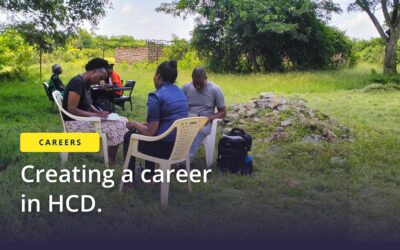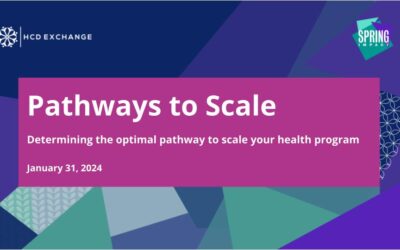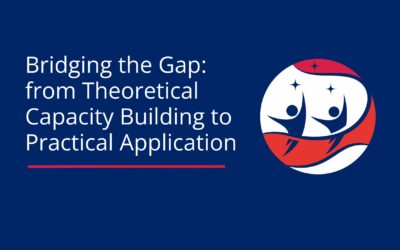Reflections from Eden Befekadu, design associate for HCDExchange’s Youth Leadership Hub.
Accessing Sexual and Reproductive Health (SRH) information and services is among the many challenges facing adolescents today. Yet, access to contraception and SRH information are essential components of a healthy society. Young people who have SRH needs must be provided with accurate services and information when they go out and seek them.

I am lucky to be part of Adolescents 360 (A360), a program implemented in Ethiopia to overcome the challenge of SRH service access for adolescent girls, particularly in rural areas. Initiated in 2016, A360 is reimagining and re-defining the way SRH programs are designed and delivered for adolescent girls and young women, particularly in rural areas.
I joined A360 as a young designer in 2016, when I was 18 and had just graduated high school. My interest in the program was sparked by the notion that the project centered on young girls; the fact that it put youth at the center of designing programs for fellow youth interested me even more. This is where my journey as a designer started. At the start of the program, we were introduced to Human-Centered design (HCD), an approach to problem-solving that considers human perspectives throughout the design process. It entails building empathy, generating vast ideas, and developing and testing prototypes with the people for whom you are designing for and eventually putting new solutions out into the world to transform lives.
It took several training sessions to fully grasp the HCD concept. For starters, my understanding was significantly enhanced when we reached out to the girls in the community. This happened during the inspiration phase. This meant that we would go out to the community, explore different ways on how we could better understand them and their needs. We used observation, and questions about their aspirations, and ideas they had on how their lives would be improved. This allowed me to see programming from the perspective of the users’ needs. I learned that the solution should always come from the person who we are designing for, and not from a point of assumption.
Throughout the other phases of design, young designers like me were engaged in the process, including conducting interview sessions. During these sessions, I used conversation-starters to build trust and rapport with the interviewees. Some of the other designers preferred to immerse themselves into the day to day activities of the interviewees, while others opted for other techniques to get inspired and better understand their interviewees.
During the ideation phase, we met with the larger team to discuss what we’d learned and opportunities for design. We then grouped the data under similar themes, and after synthesizing them, came up with insight statements that we reframed as “how might we” questions to guide us while designing. We then began to implement our solutions for the adolescent girls.
Meaningful youth engagement was the heart of this effort. With the young adolescent girls who we interviewed, we designed solutions that responded to their needs. Designers must remember that youth are the experts of their own issues and must be meaningfully engaged in all realms, including design.
I believe we young people are the experts of our own issues. We have to be meaningfully engaged in matters that concern us. HCD is a great approach to pick out the different experiences of young people to enable a better understanding of their unique experiences and perspectives. In my short journey as a young designer, I have learned that “solutions for young people’s issues should be from young people themselves.”




